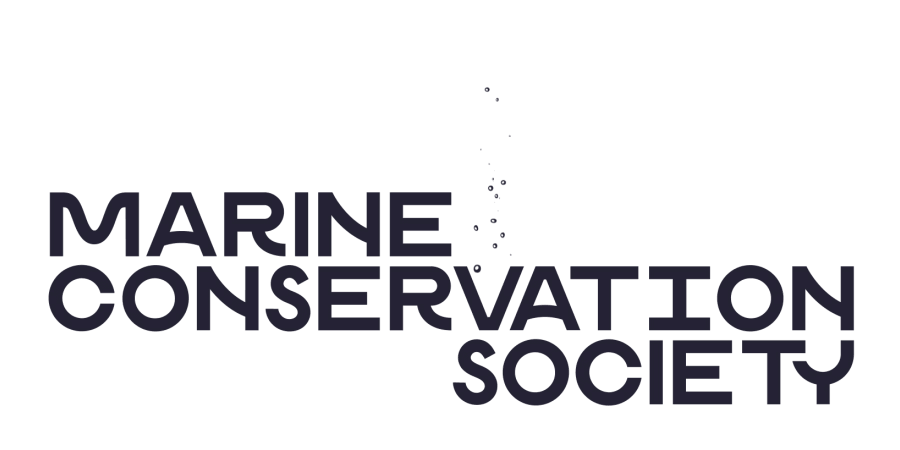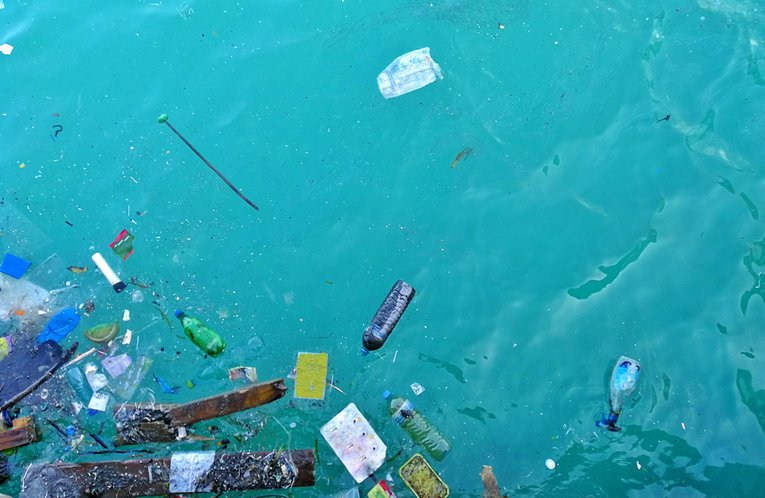
Positive ocean news: February edition
Dive into this month's round-up of good news stories for our seas.
Return of sea otters to Californian estuary has slowed marsh bank erosion by up to 90%

An otter swimming in water
Credit: Andreas Schantl via unsplash
Following the otters’ reintroduction to Elkhorn Slough in Central California, a study has found that the area’s marshes and creek banks became more stable and some even expanded.
Sea otters previously foraged in the estuary, but were pushed to the brink of extinction by fur-hunters. In their absence, the population of crabs, which eat salt marsh roots and burrow into the soil, increased drastically, causing the salt marshes to erode and collapse over time.
The return of the otters to their former habitat has stabilised the collapsing ecosystems, which is much needed in a time of rising sea levels and strong currents which cause erosion.
Brian Silliman, a marine conservation biology professor and the study’s senior author, estimates that “it would cost tens of millions of dollars for humans to rebuild these creek banks and restore these marshes”, which the otters are stabilising for free.
The findings highlight an effective and affordable way to protect and conserve ecosystems from climate crisis impacts, which could be easily replicated elsewhere.
Read more on the Good News Network website
Business switches from coral exportation to coral restoration

A close-up image of Acanthastrea coral
Credit: Tyler Fix
Following the death of her father, Jeimila Donty took over the family coral export business, but rather than continuing it as is, she shifted its focus to coral restoration instead.
Donty felt a calling to protect the environment and decided to carry out her father’s wishes of running his business in a more sustainable way and raising awareness of coral protection. She wanted to go further and incorporate the environment into her business model.
Her business, Koraï, plants corals in Madagascar, using her father’s coral nurseries to propagate cuttings before reintroducing them around the protected island of Antsoha. Koraï offers the service to organisations as part of their corporate social responsibility commitments.
Last year, the business planted 1,500 coral cuttings to the island, which has been facing coral degradation since the 1980s.
Read more on the Monagabay website
Bottom trawling banned in further parts of England’s seas and UK sandeel fisheries to close

An octopus on the seabed, surrounded by seagrass
Credit: Mark Kirkland
New byelaws announced by the UK Government will protect over 4,000 square kilometres of England’s seabed from bottom trawl fishing, protecting an area the size of Essex.
The protected areas are located within 13 of England’s offshore Marine Protected Areas (MPAs), bringing the total of those with at least partial protection from bottom trawl fishing to 17.
Banning bottom trawling in vulnerable areas helps protect seabed habitats from the damage caused by this type of fishing, and prevents the release of carbon stored in the seabed, which occurs when it’s disturbed.
Dogger Bank, one of England's first offshore MPAs to receive byelaws prohibtiting bottom trawling, has seen seabed fishing fall in the protected area by 98% since the ban came into force.
The UK and Scottish Governments also announced closures of sandeel fisheries from April 2024. Sandeel stocks have been exploited for decades in the UK, but the recent announcement gives hope that the threatened species can recover.
Read more here
Endangered seabirds flourishing on Chilean island for the first time in decades
Restoration and rewilding efforts led to the first seabird chick hatching on the island in over forty years in 2023. Now, there are four active nests on Chañaral Island – two of which held chicks, one with an adult, and a fledgling in the other.
This encouraging recovery of Peruvian Diving-petrels has resulted in the species being classified by the International Union for the Conservation of Nature (IUCN) as ‘near threatened’ rather than ‘endangered’.
Read more on the Island Conservation website
Marine turtle nest found in Cambodia for first time in a decade

Credit: Peter Richardson MCS
Conservationists have uncovered nine marine turtle nests on a remote Cambodian island, which are estimated to contain around 1,000 eggs.
The discovery marks the first time marine turtle nests have been found in Cambodia in a decade, offering hope for green and hawksbill turtles which are facing decline.
A naval volunteer counted the eggs from two of the nests – one held 192 eggs with a 99% hatching success rate and the second held 138 eggs with a 98% success rate. These high rates demonstrate that the beaches they were found on can safely incubate marine turtle eggs.
As the island the nests were found on is controlled by the Cambodian navy, there is little human activity to disturb the turtles and their nests, making it an ideal habitat for them.
Read more on the Mongabay website
Two million pounds of litter removed from Bangkok’s waterways
The plastic waste was collected by wildlife-safe traps placed in canals throughout Bangkok, Thailand, before being sorted. Plastic waste is recycled and used to make other items, such as frisbees and bracelets, preventing it from ending up as waste.
TerraCycle Global Foundation has also committed replicate and scale its canal model in a new region in Southeast Asia.
Read more on the Good News Network
Fish stamps celebrate fish in Manx waters

The Isle of Man Post Office has released a collection of stamps which depict six fish species that hold significance for the Isle of Man and its people.
The stamps, which feature designs by local artist Kimmy McHarrie, aim to showcase the array of marine life found in Manx waters, whilst highlighting the importance of conserving and protecting the fragile ocean ecosystem that they live in.
Kimmy, who often went fishing with her grandfather in her childhood, has always loved and cared for the sea and felt inspired to raise awareness of the issues it faces, such as depleting fish stocks and global warming.
The fish featured in Kimmy’s collection are: red gurnard, herring, John Dory, cod, mackerel and salmon, which are commonly found in the Isle of Man's waters.
Read more here




